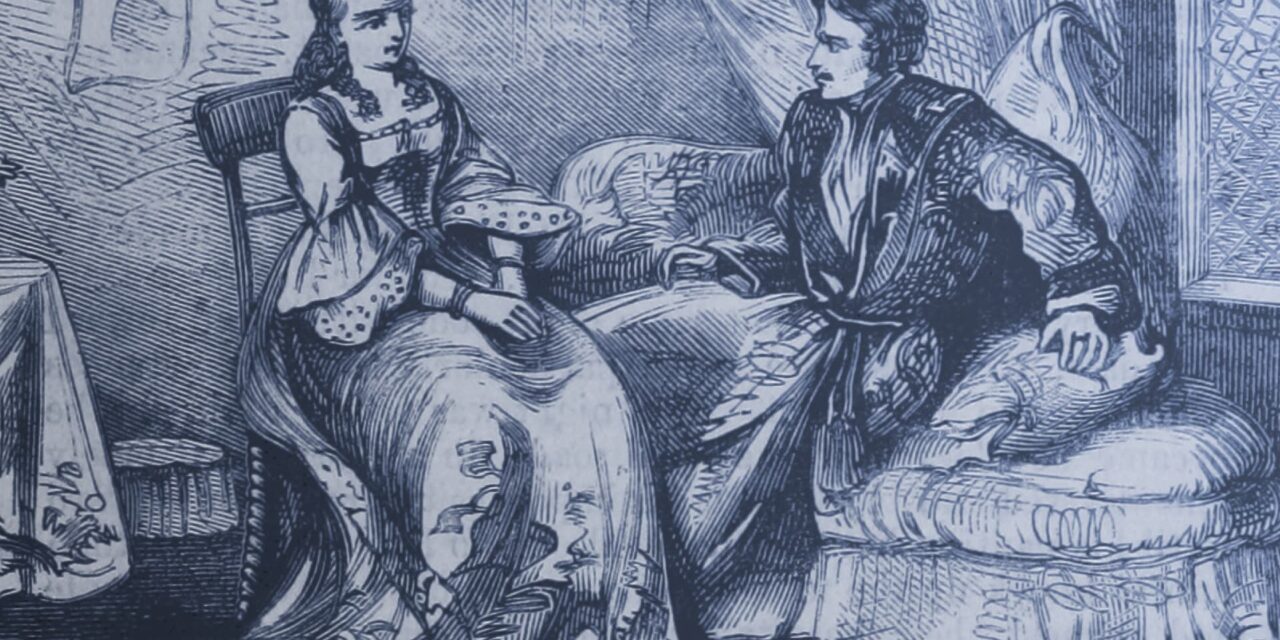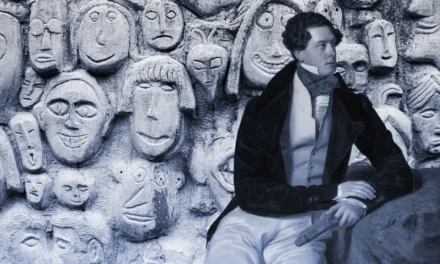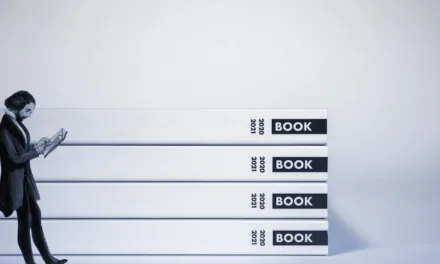
How do you write an established relationship?

“How do you write a harmonious and mentally healthy relationship between a couple in love in a long relationship?“
This is a great question. Existing relationships have their own patterns and rhythms and are quite different from the flush of a new relationship. I’ll answer this within the context of a romantic partnership (or polyamorous relationship) though most of this will apply to platonic relationships such as close friends and family too.
These guidelines can also be used to write less harmonious relationships by knowing how to best break them. I taught the Psychology of Human Development for many years as a lecturer, so I’ll be drawing my response from research on human development across the lifespan.
What is a healthy relationship?
Let’s start with some definitions. The question is specifically asking about harmonious and mentally healthy relationships. Harmony is a state that people fall in and out of. It’s not something achieved and forever maintained.
People will have disagreements and conflicts even when they are in love. Possibly because they are in love and value that relationship. What happens when couples (or polyamorous relationships) are pulled in different directions by careers, moral-value systems, or differences in problem-solving approaches?
This is where having a healthy relationship comes in. Healthy relationships are sustainable and a foundation for everything else. Some hallmarks of healthy relationships include good communication, trust, and respect.
Good communication includes active listening, empathy, and clearly stating needs, wants, and desires. There is a willingness to compromise and to recognize when that isn’t possible. If one partner can’t compromise, can the other work with that out of a place of respect? Is there some way to reshape the situation so that both parties can feel comfortable with the solution? These conversations may be heated at times. The important thing is that people return to the touchstones of respect and trust, and then move forward to a resolution of the conflict that all parties involved can accept. It’s hard work, and it means no one always gets everything they want. It also means doing relationship repair by acknowledging the sacrifices being made and finding ways to compensate for that.
Relationship as a character
Think of the relationship as a character in the story in addition to each of the characters in that relationship. Develop the backstory and character arc for the relationship. How do the characteristics of the relationship and the story arc for it impact the characters in the relationship and the other characters in the story? Is it a minor background character, or is it the main character of the story?
Give it the same degree of development you would for any other character in that position. How does the relationship impact all the other characters, and how is it impacted by the events of your story? How does it influence the direction of your story?
Backstory
You still need to think about how the characters first met and the arc of their relationship up to the point they appear in your story. You won’t necessarily use most of this in your work, though it will give you a foundation from which to draw references and determine how they react to one another. Here are some excellent seeds for building their backstory:
- How did they meet? Was it love at first sight, an enemies-to-lovers story, or something in between?
- How long were they together before deciding to commit to a long-term relationship? Was it ever formalized or are they still together because it’s easier than breaking up?
- Are there children involved, either with each other or from previous relationships? If yes, how old?
- How often have they moved household? How do they decide when to move? Does one partner’s job take precedence over the others when it comes to deciding who stays home if there’s a sick child/pet/family member or if they need to relocate?
- How do they split the day-to-day chores of living – shopping, cooking, cleaning, paying bills? People in healthy relationships will balance workloads and decision-making with respect for one another’s contributions. They will play to one another’s strengths and step in to help when a partner can’t pull their usual load.
- What are other major life events they have been through together? Which of these brought them closer together, and which pulled them apart? Healthy relationships will weather these events even if initially pulled apart. Conflict is a part of life. Conflict resolution and relationship repair are learned skills. How do your characters navigate these?

Social Context
Relationships don’t exist in a vacuum. How does the world around them view their relationship? Do they have the support of family and friends? What are the societal rules about the type of relationship they have – is it the sort most people have, or are there any taboos being broken by them?
Some examples to consider would be same-sex relationships, marrying outside the culture, sharing a household without being married, or deciding to remain childless. All of this will inform how your characters behave around others.
Ebb and flow
One of the films I loved to show my classes was a documentary about couples who had been together for fifty years or more. I’ve put links to similar projects in the resources section. Here are some of the highlights:
Being together for many years means you won’t always be happy. Working through those times is hard, but worth it. Are your characters happy with their relationship at the moment of the story? If not, are they working through that?
People change over time. One man said he felt like he’d been married to five different women over the years as his wife changed and grew as a person. How have your characters changed over time? How do they remember each other in the past?
Most reported that their partner was their best friend. Do your characters feel that way about one another?
The couples often helped each other remember things with prompts, corrections, and clarifications. What are some ways your characters aid each other’s memories or rely on one another to keep track of various sorts of information?
Most couples had phrases or words or body language that they shared and could use to communicate in an abbreviated way that outsiders might not understand. What are some ways your characters do this?
Companionate vs romantic love
Romantic love is most often written about in first-meets and blooming relationship stories. It is a fire that burns hot and bright in the initial stages. Over time, the fire settles into a more sustainable bed of coals. This is companionate love.
Romantic love will flare up again intermittently and can be stoked with romantic dates. Companionate love is what allows people to get on with life and support one another over the long term. It is the process of becoming life companions.
How do your characters express companionate love? Is it making a cup of coffee, helping with a project? Listening while the other brainstorms or rants? How do they express their deep and abiding affection? How do they stoke the flames of romantic love as a way of deepening their bonds?
Fidelity
How do your characters feel about monogamy? Have either of them had an affair? If they are polyamorous, what are the rules for seeing others outside the primary relationship? Or is this relationship a secondary one for each of them? If it is an illicit affair, then does the primary partner(s) know about it?
I know all (most) of your secrets
People in long-term relationships know a lot about each other. What secrets are they keeping for one another? Are there secrets they haven’t shared?
People don’t always share everything, even in healthy relationships. The difference is in how they share when something is revealed and how they react to such revelations.
The importance of people watching
Watch how couples interact in the real world, look for documentaries such as the ones linked below, and even draw on well done movies and books for inspiration.
What moments of harmony have you observed? What telegraphed that to you? If you witness disharmony, how is it resolved? When you see a less functional relationship, what could have made it work better? Keep notes about your thoughts and observations so you can incorporate them into your writing and character development.
Summary
Long-term relationships can be a lot of fun to write. It provides a basis for supporting a character through difficult points in the plot and a touchstone when someone is uncertain of how to proceed. Don’t shy away from conflict between characters in a healthy relationship. The way they experience and resolve that conflict can move the story forward.
Resources
- We spoke to couples who have been together more than 50 years — Los Angeles Times
- Couples Together 30+ years give us love advice — Great Big Story






























